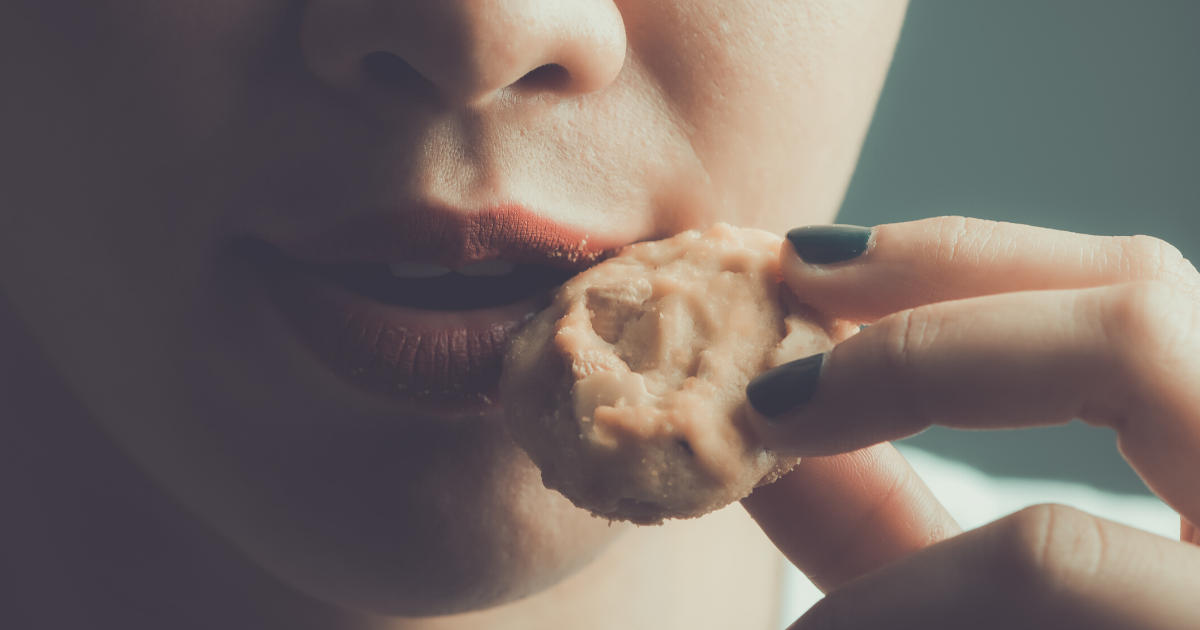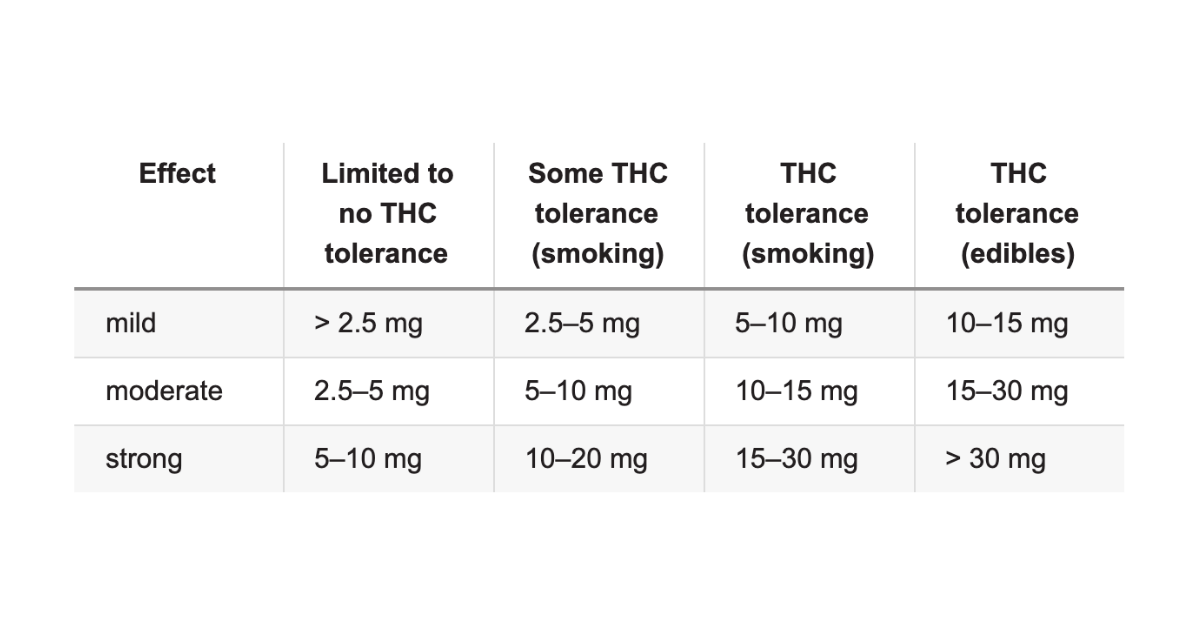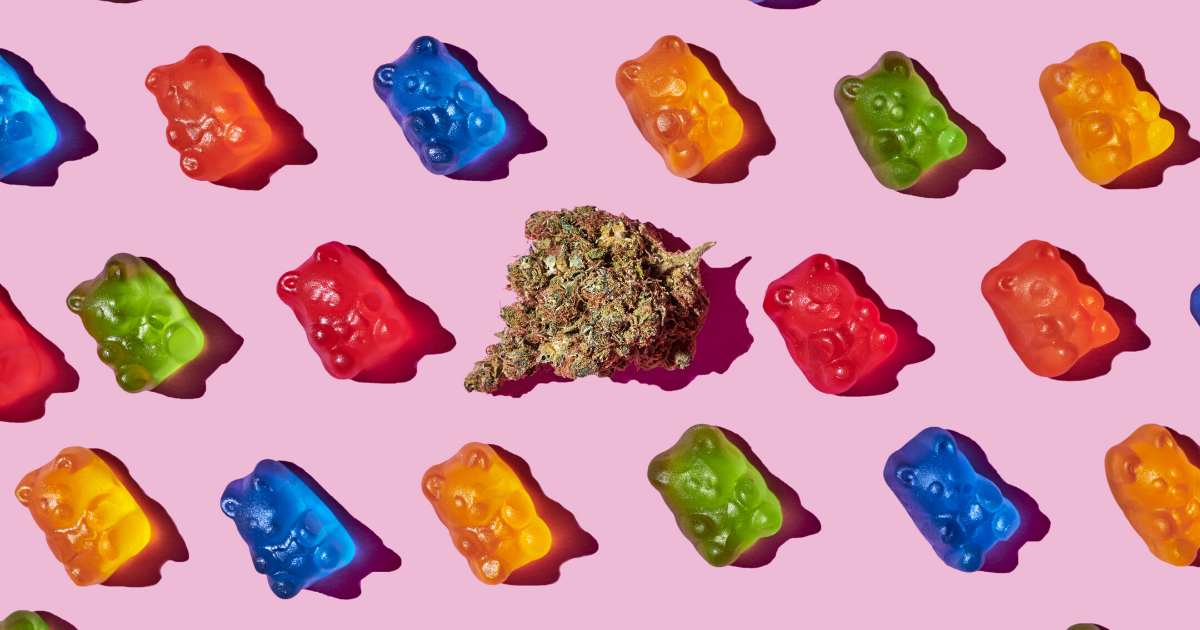Cannabis Edibles 101: Everything You Need to Know
Cannabis edibles have come a long way over time and there are now many options for consumption with flavors and varieties of all sorts.
Cannabis edibles, also known as weed edibles or marijuana edibles, have come a long way over time and there are now many options for consumption with flavors and varieties of all sorts.
If you’re new to cannabis edibles, it can be intimidating at first, but with this Cannabis Edibles 101 guide, we hope you’ll find answers as you go about your journey for a more enjoyable and safe high.
What are edible forms of cannabis?
Weed edibles offer a delicious alternative to smoking or vaping and come in a variety of forms, doses and consistencies. Through a range of techniques, cannabis can be infused into almost any type of food or drink.
CBD dominant edibles are an ingestible form of cannabis containing cannabidiol. THC dominant edibles are an ingestible form of cannabis containing tetrahydrocannabinol, which is considered the “psychoactive” chemical found in cannabis. Many edibles contain some combination of both for maximum benefits, creating what’s known as the entourage effect.
The entourage effect is the concept that molecules that occur together in nature produce better effects when taken together, rather than taken alone. This is where cannabinoids and terpenes found in cannabis come into play. Even though CBD and THC can work alone for some conditions, certain patient-based studies have revealed that they often create better results ingested together.
Here’s a list of some of the different types of cannabis edibles:
- Cookies, brownies and other baked goods
- Chocolate bars
- Fruit belts, chews and jellies
- Taffy
- Gummy edibles
- Hard candy
- Mints and gum
- Tablinguals
- Popcorn
- Honey sticks
- Sauces, dressings and condiments
- Coconut oil
- Herbal teas and coffee
- Cola
- Elixirs
- Non-alcoholic beer
- Non-alcoholic wine
- Sparkling water
- Sprays edibles
- CBD edibles
- THC edibles
How do edibles differ from inhalation?
Edible cannabis must first be digested before they enter the bloodstream delaying the impact. before it enters your bloodstream and you feel its effects. It takes a bit more time to feel the effects of edible cannabis as opposed to smoking it. When you smoke cannabis, you will feel the effects from within seconds to a few minutes of inhaling. The full effects of smoking cannabis can peak within 30 minutes, whereas the peak effects from cannabis edibles are felt within 3-4 hours.
Click here to read more about the differences between smoking or eating cannabis.

Edibles are typically more potent than inhaled cannabis. When eaten, the same amount of cannabis may deliver more intense effects than when inhaled.
What should you look for on edibles labels?
Reading the label on a cannabis edible package is critical to an enjoyable high because it contains information about the edibles mg dosage. The label will also contain important dietary information. Now, there are all kinds of weed edibles to fit every diet, like vegan edibles and keto edibles
Here are several things you should look for on the label when considering which edible product is right for you.
- Serving size and total cannabinoids (commonly shown as THC and CBD milligrams)
- Ingredients and nutritional facts
- Manufacture date
- Best by or expiration date
- Strain type: indica, sativa or hybrid. Not all products will clearly label the strain type, so if you’re seeking a desired effect, choosing a product that gives strain information may be of importance.
- CA disclaimer: the CA disclaimer logo indicates that the product you’re purchasing is legal in the state of California.
THC edibles may not necessarily lose their potency over time, but like all food products, it is important to be mindful of the expiration date. You can freeze edibles to help extend their freshness and defrost them for use when you’re ready.
https://www.youtube.com/watch?v=4fAoXf1mclA
How many mg of edibles should I eat?
Marijuana edibles products clearly label how many milligrams are in each dose or serving. For example, if an edible package says it contains 100 mg of THC and it is divided into 10 single serving pieces, each piece contains 10 mg of THC. Always be mindful of how many milligrams of THC you are taking.
If you are new to cannabis edibles, it is suggested that you start with a low amount of THC, between 2 and 5 mg, then wait at least two hours to evaluate the effects before you consume more.

Everyone responds differently to THC and has different tolerance levels. To start, a good rule of thumb is to determine a conservative baseline you’re comfortable with and adjust from there.

What is microdosing?
Microdosing is taking small amounts of cannabis in order to receive its medical benefits while avoiding psychoactive effects.
How long does it take edibles to kick in?
The effects of THC edibles typically kick in between 30 and 90 minutes for most people, but there are factors to consider. As mentioned before, everyone responds to THC differently considering how the body absorbs or metabolizes it. When you consume an edible that must be digested through the body, it can take more time to kick in.
Another factor is how much you have eaten that day. Taking an edible on an empty stomach may amplify its effects. If you are taking an edible sublingually (lozenges or gum, for example), the body absorbs it faster and thus, the effects are felt more quickly. Onset time may be influenced by other factors such as an individual’s weight, height, diet and tolerance to THC.
How long do the effects of an edible last?
The effects of an edible typically last longer than smoking or vaping, from six to eight hours. After consuming the edible, peak blood levels metabolize around three hours. The high from edibles that are absorbed sublingually may last for less time than the effects of edibles that are chewed and swallowed.

Wondering how to make edibles?
You can make your own edible brownies, cookies and treats from home with cannabutter. Learn how to make weed edibles.
Disclaimers for marijuana edibles
If you are wondering how cannabis edibles may interact with any prescription medications you are taking or if you have an existing medical condition, advice should be sought from your physician. It is important to remember that THC edible gummies and other THC edibles products found at the dispensary are not currently evaluated by the FDA.
Cannabis edibles are not meant to treat, cure or prevent any type of disease or medical condition. If you are pregnant or nursing, you should not consume THC cannabis products. Always consult with your physician, nurse or pharmacist before taking any THC or CBD products.
Read more about cannabis edibles by checking out our Best Cannabis and CBD Gummies article or the Best Cannabis Chocolate Edibles article.
DISCLAIMER: THIS SITE DOES NOT PROVIDE MEDICAL ADVICE.
All information, including but not limited to, text, graphics, images and other materials contained on this site are for informational purposes only. No text, graphics, images or other materials on this site are intended to be professional medical advice or a substitute for professional medical advice, diagnosis or treatment. Always seek the advice of your physician or other qualified health care provider with any questions you may have regarding a medical condition or treatment and before undertaking a new health care regimen, and never disregard professional medical advice or delay in seeking professional medical advice because of something you have viewed on this site.
DISCLAIMER: THIS SITE DOES NOT PROVIDE MEDICAL ADVICE.
All information, including but not limited to, text, graphics, images and other materials contained on this site are for informational purposes only. No text, graphics, images or other materials on this site are intended to be professional medical advice or a substitute for professional medical advice, diagnosis or treatment. Always seek the advice of your physician or other qualified health care provider with any questions you may have regarding a medical condition or treatment and before undertaking a new health care regimen, and never disregard professional medical advice or delay in seeking professional medical advice because of something you have viewed on this site.